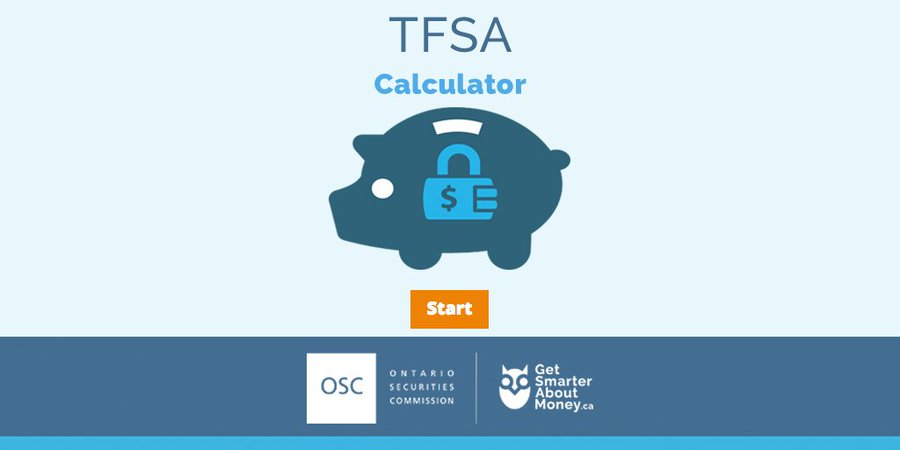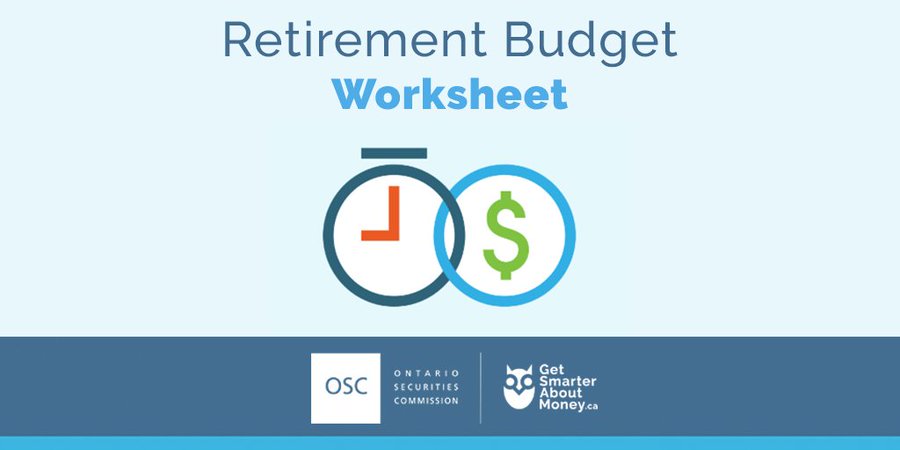Who wants to save for retirement? There always seems to be something else to save your money for. When you first start out, it could be your education, your car, a new home. Then the kids come along and there are the added expenses of raising your kids. The thing is, the earlier you start investing, the more you will have for retirement. How you invest your money depends on you. We will be discussing RRSPs and TFSAs in this post. We also want to let you know about GetSmarterAboutMoney.ca an initiative of the Ontario Securities Commission’s Investor Office to help people make informed financial decisions.
RRSPs
In 1957, the federal government created RRSPs and allowed Canadians to contribute up to 10% of their income to a maximum of $2,500 for retirement. The maximum contribution amount for 2019 is $16,200. Today, contribution limits are calculated at 18% of the prior year’s reported earned income (from employment or self-employment), up to a maximum. Since 2010 it has been indexed to the annual increase in the average wage. The main benefit of RRSPs is that the tax on RRSPs is deferred until retirement.
Why contribute to your RRSP
- Reduce the amount of income tax your pay
- The money in your RRSP grows tax-free, until you withdraw the funds
- You can use your RRSP to borrow for a home with the Home Buyers Plan
- You can use your RRSP to finance education though the Lifelong Learning Plan
Use this RRSP Savings Calculator to estimate how much your RRSP could be worth at retirement.
TFSAs
In 2009, the government created the Tax-free Savings Account (TFSA) as another program as another way for Canadians to save. This program was not specifically for retirement but for everything else in your life.
TFSAs provide individuals who are 18 and older and who have a valid social insurance number a way to set money aside tax-free throughout their lifetime. Contributions to a TFSA are not deductible for income tax purposes. Any amount contributed as well as any income earned in the account is generally tax-free, even when it is withdrawn. A set amount is determined by the Federal government each year. If you have never opened a TFSA, you can contribute $69,500!
| Year | Amount | Total Amount |
| 2009 | $5,000 | |
| 2010 | $5,000 | |
| 2011 | $5,000 | |
| 2012 | $5,000 | |
| 2013 | $5,500 | |
| 2014 | $5,500 | |
| 2015 | $10,000 | |
| 2016 | $5,500 | |
| 2017 | $5,500 | |
| 2018 | $5,500 | |
| 2019 | $6,000 | $69,500 |
Use this TFSA Calculator to see how much your TFSAs could be worth at retirement.
RRSPs & TFSAs & Retirement
When February comes around, we are reminded of the RRSP contribution deadline which is typically at the end of the month or the first couple of days of March. For those who make monthly contributions, it is a time to relook at monthly contributions for the next tax year. It is also a time to also look at our TFSAs. There are benefits of each as demonstrated in the table below.
| RRSP | TFSA | |
| Need earned income to contribute | Yes | No |
| Tax-deductible contributions | Yes | No |
| Tax-free withdrawals | No | Yes |
| Age limit for making contributions | Yes | No |
At the end of the day whether you use RRSPs or TFSAs, you need to make sure you will have enough money for retirement. A budget is a useful tool for any life event. This Retirement Budget Worksheet can help you plan your finances before and after retirement.
Get Smarter About Money
http://GetSmarterAboutMoney.ca is an initiative of the Ontario Securities Commission’s Investor Office to help people make informed financial decisions.
Tweet

